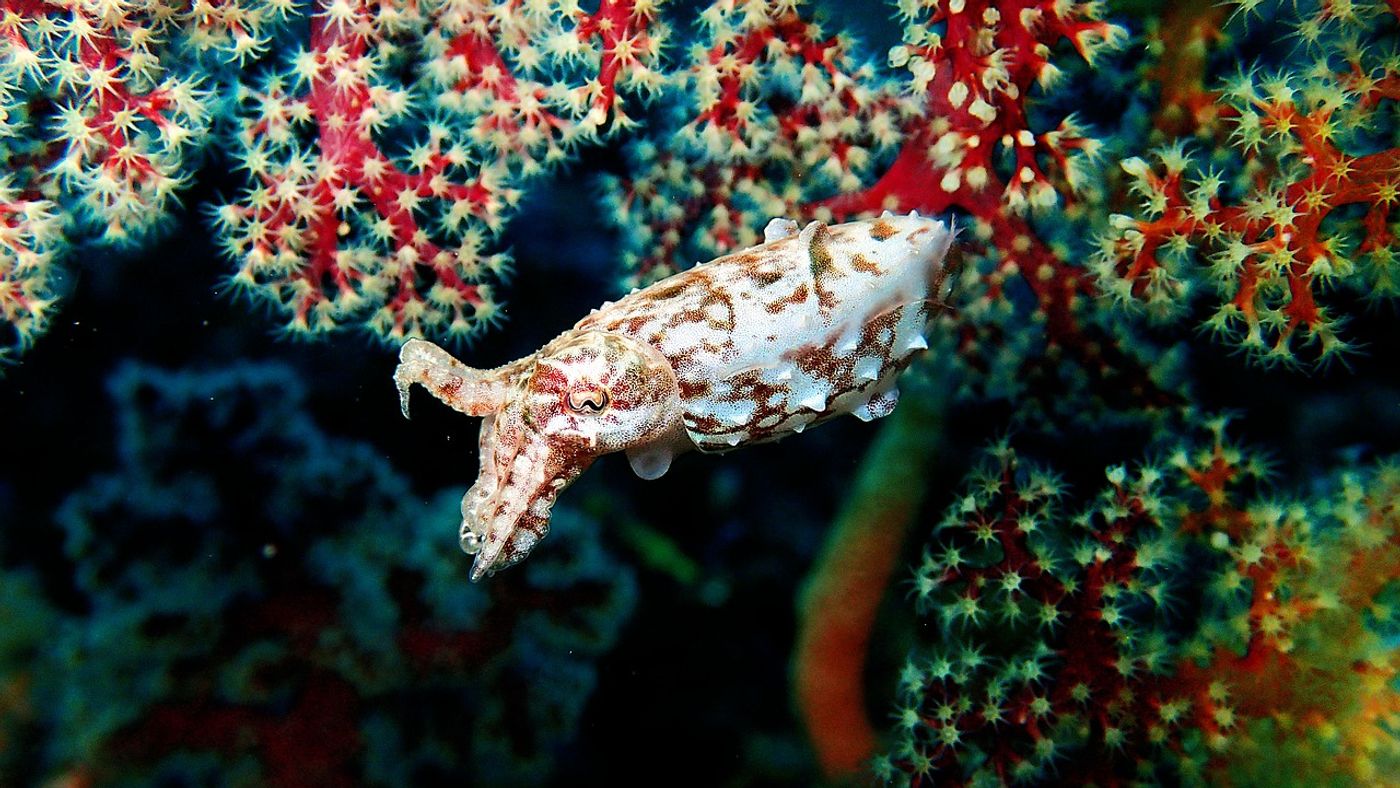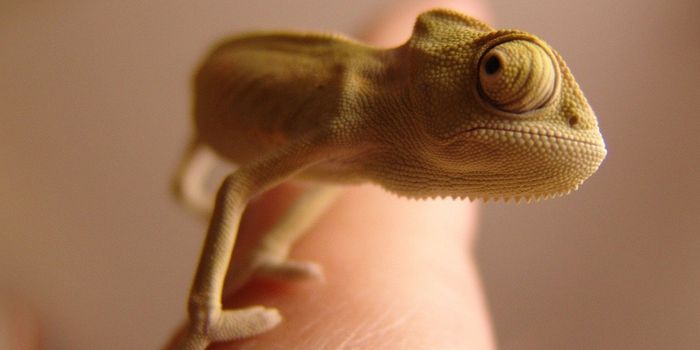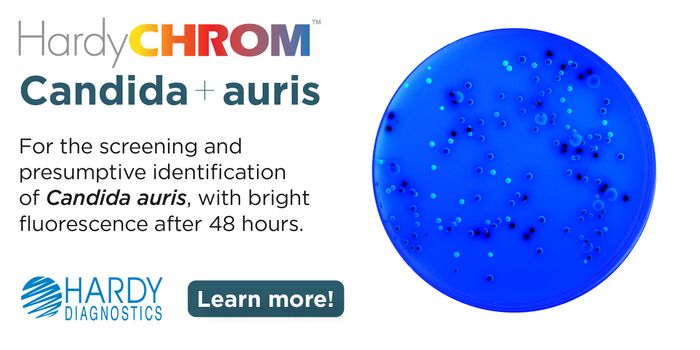Why Cuttlefish are Called Chameleons of the Sea
Did you know that cuttlefish can change color, texture, and shape? Did you know they contain a bone called the cuttlebone? There is a reason why they are called the chameleons of the sea. The video below explains how cuttlefish are such masters of disguise.
Cuttlefish is one creature that scientist are still trying to figure out. Biologists at the University of Cambridge and the Marine Biological Laboratory in Massachusets, have discovered how cuttlefish can match their texture to their surrounding environment. Using little nodules called papillae, they can lock hundreds of tiny structures under their skin into a position. They do this by extending and retracting these papillae using their muscles. Locking the papillae into a position requires the cuttlefish to dose them with certain neurotransmitters, once they are locked, no energy is used to keep up the texture.
Cephalopods, the class cuttlefish belong to, are able to camouflage using chromatophores in their skin. Author of the book, 'The Design in Nature', Yahya Harun explains how cuttlefish can rapidly change color. "Sacs of red, yellow or brown pigment in the skin made visible or invisible by muscles around their circumference. These muscles are under the direct control of neurons in the motor centres of the brain, which is why they can blend into the background so quickly." Not only can they change color, they can also change how they reflect light. They contain reflecting plates called leucophores and iridophores that sit underneath the chromatophores. "Leucophores reflect light across a wide range of wavelengths so can reflect whatever light is available at the time-white light in shallow waters and blue light at depth. Iridophores combine platelets of a protein called reflectin with layers of cytoplasm to produce iridescent reflections...," explains Harun.

Another characteristic that makes this creature so unique is its cuttlebone. This bone is a porous internal shell that helps the cephalopod control its buoyancy. It has two chambers, a gas-filled forward chamber, and a water-filled rear chamber. This allows the animal control of its positioning and depth in the water.
All of these interesting features allow the cuttlefish to survive. The cuttlefish has the ability to blend into a coral reef, a rock, gravel, sand, plants, and more. It can change its color, texture, pattern, and buoyancy to either escape a predator or catch its prey.
Sources: Ask Nature, Science Mag, The New York Times








